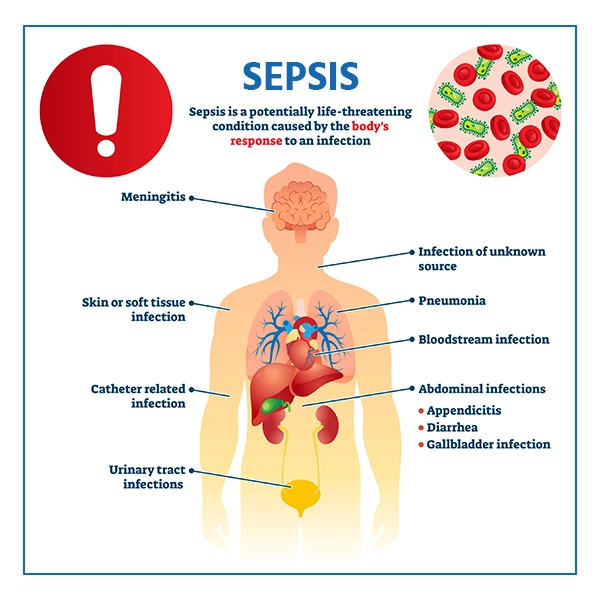Septic Shock: Causes, Symptoms, Treatment, and Prevention Explained
List:
– Septic shock is a life-threatening condition that occurs when blood pressure drops to a dangerously low level after an infection.
– The infection can be caused by any type of bacteria, as well as fungi and viruses.
– People with weakened immune systems are more at risk of septic shock.
– Treatment typically involves admission to an intensive care unit (ICU) for organ support and infection treatment.
– Treatment may include oxygen therapy, intravenous fluids, medication to increase blood flow, antibiotics, and in severe cases, surgery.
– Oxygen therapy can be administered through a mask, tube, or ventilator.
– Intravenous fluids help raise blood pressure by increasing fluid volume.
– Inotropic medicines stimulate the heart to increase blood flow to organs.
– Vasopressors narrow blood vessels to increase blood pressure and improve organ function.
– Antibiotics are used to treat associated bacterial infections, with the specific type depending on the infection and its location.
– Surgery may be necessary in severe cases to address the significant decrease in blood pressure and blood flow.
